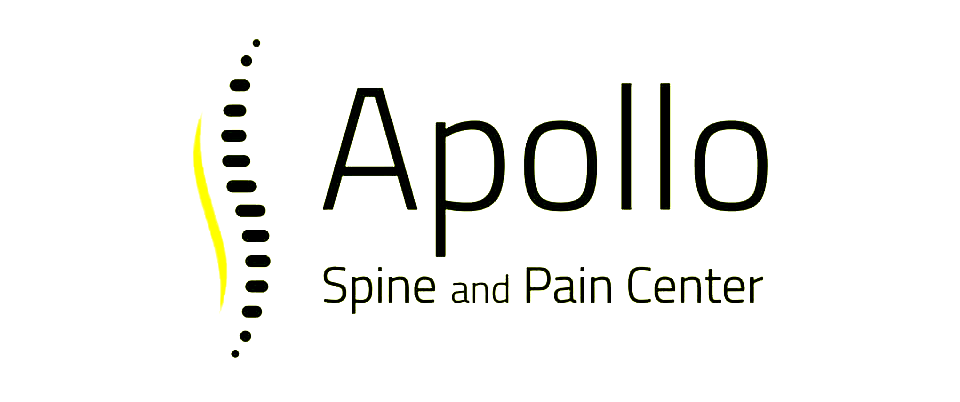Comprehensive Care for Post Herpetic Neuralgia: New Pain Management Solutions
Post Herpetic Neuralgia (PHN) is a chronic pain condition that follows a shingles outbreak, caused by the varicella-zoster virus. This virus, which also causes chickenpox, can remain dormant in the nervous system and reactivate later in life as shingles.
While shingles itself can be quite painful, the discomfort usually subsides after the rash heals. However, in some individuals, the nerve pain persists long after the skin has recovered, leading to PHN. This condition can be debilitating, making it difficult to perform everyday tasks and significantly affecting the quality of life.
The pain associated with PHN is often described as burning, stabbing, or aching and can be severe. It results from nerve damage and inflammation caused by the viral infection. The risk of developing PHN increases with age, making it more common in older adults. Other factors that can contribute to PHN include the severity of the initial shingles outbreak and delayed antiviral treatment during the onset of shingles.
Managing PHN can be challenging, as the pain is often resistant to standard pain medications. Despite the complexity of the condition, new advancements in pain management offer hope. By exploring both traditional and innovative treatments, we can develop comprehensive care plans that provide lasting relief and improve the overall well-being of those affected by PHN.
Understanding Post Herpetic Neuralgia (PHN): Causes and Symptoms
Post Herpetic Neuralgia (PHN) is primarily caused by nerve damage that occurs during a shingles infection. Shingles, caused by the reactivation of the varicella-zoster virus, leads to an acute, painful rash. After the visible signs of infection are gone, nerve fibers can remain damaged and send irregular pain signals to the brain, resulting in PHN. This chronic pain condition is more likely to develop in older individuals and those with weakened immune systems.
The symptoms of PHN can vary but are typically characterized by persistent pain in the area where the shingles rash appeared. This pain may be described as burning, stabbing, or throbbing and can range from mild to severe.
Apart from pain, individuals with PHN might experience sensitivity to touch, even with the slightest contact, something known as allodynia. Symptoms can lead to significant discomfort, interfere with sleep, and affect daily activities, making it important to recognize and treat this condition promptly.
Traditional Approaches to Managing PHN Pain
Traditional approaches to managing PHN pain often include a combination of medications designed to alleviate symptoms and improve patient quality of life. Antiviral medications like acyclovir, valacyclovir, and famciclovir are typically used early in the shingles outbreak to reduce the severity and duration of symptoms, which may help prevent PHN. However, once PHN develops, different strategies are necessary to manage the persistent pain.
The use of analgesics such as acetaminophen and nonsteroidal anti-inflammatory drugs (NSAIDs) can provide some relief for mild pain. For more severe cases, doctors may prescribe antidepressants like amitriptyline or duloxetine, which help modulate pain signals in the brain.
Anticonvulsants such as gabapentin and pregabalin are also commonly used to reduce nerve pain. Topical treatments like lidocaine patches and capsaicin cream can be applied directly to the painful area to offer localized relief. These traditional methods aim to manage pain symptoms effectively, though they may not be suitable for everyone and can have side effects.
By understanding and utilizing these established treatment options, we can develop a comprehensive plan to manage PHN pain and improve patient outcomes. As we explore newer, innovative solutions, these traditional approaches remain a cornerstone of effective pain management.
Innovative Pain Management Solutions: Regenerative Medicine and More
Recent advancements in pain management have brought forth promising new treatments for PHN. One of the most exciting is regenerative medicine, which aims to repair and regenerate damaged tissues.
Platelet-rich plasma (PRP) therapy is a notable example. This involves drawing a small amount of the patient's blood, processing it to concentrate the platelets, and injecting it back into the affected area. The growth factors in PRP can help reduce inflammation and promote healing, providing relief from chronic pain.
Additionally, nerve blocks and interventional procedures have become more sophisticated. Techniques such as epidural steroid injections and facet joint injections deliver anti-inflammatory medication directly to the nerve roots or joints affected by PHN.
These treatments can offer substantial pain relief and improve mobility. Another innovative approach is spinal cord stimulation, where a small device is implanted to send electrical pulses that disrupt pain signals to the brain. This method allows for adjustable pain control tailored to the patient's needs.
By integrating these advanced techniques into our treatment plans, we can offer more effective and long-lasting solutions for managing PHN. These innovative methods provide hope for reducing pain and improving quality of life for those affected.
Multimodal Strategies for Long-term Relief and Improved Quality of Life
Combining multiple pain management strategies can significantly enhance the effectiveness of PHN treatment. Multimodal approaches are tailored to address different aspects of pain, providing a more comprehensive solution. For instance, pairing medication management with physical therapy can help improve mobility and reduce pain perception. Physical therapy exercises strengthen muscles, improve circulation, and promote nerve healing, contributing to overall pain relief.
Incorporating complementary therapies such as acupuncture, massage therapy, and cognitive-behavioral therapy (CBT) can also be beneficial. These therapies can help manage pain by addressing both physical and psychological components.
Acupuncture involves inserting thin needles into specific points on the body to alleviate pain and promote healing. Massage therapy can reduce muscle tension and improve blood flow, while CBT helps patients develop coping strategies to manage chronic pain.
Lifestyle changes are another essential component of a multimodal strategy. Encouraging patients to maintain a healthy diet, engage in regular physical activity, and practice stress-reducing techniques like mindfulness or yoga can support overall well-being and pain management.
By implementing a holistic approach, we can improve the long-term outcomes for individuals with PHN, enhancing both their physical and emotional health.
Innovative Treatments for PHN Pain Management
Effectively managing Post Herpetic Neuralgia (PHN) requires a comprehensive approach that combines traditional methods with innovative pain management solutions. Understanding the causes and symptoms of PHN is the first step in developing a personalized treatment plan.
Traditional approaches, such as antiviral medications, analgesics, and topical treatments, form the basis of initial care. However, advancements in regenerative medicine and interventional procedures offer new hope for those suffering from chronic pain associated with PHN.
A multimodal strategy that incorporates medication management, physical therapy, complementary therapies, and lifestyle changes can provide long-term relief and improve the quality of life for patients. By addressing both the physical and psychological aspects of pain, we create a holistic care plan that supports overall well-being.
If you're experiencing chronic pain from PHN, explore our comprehensive
pain management services in Cumming, GA, at Apollo Spine and Pain Center. Our specialized team is dedicated to providing personalized care and innovative treatments to help you achieve lasting relief and a better quality of life. Reach out to us today to start your journey towards effective pain management!












